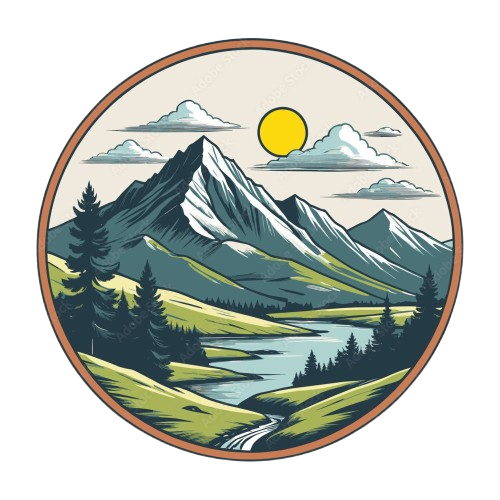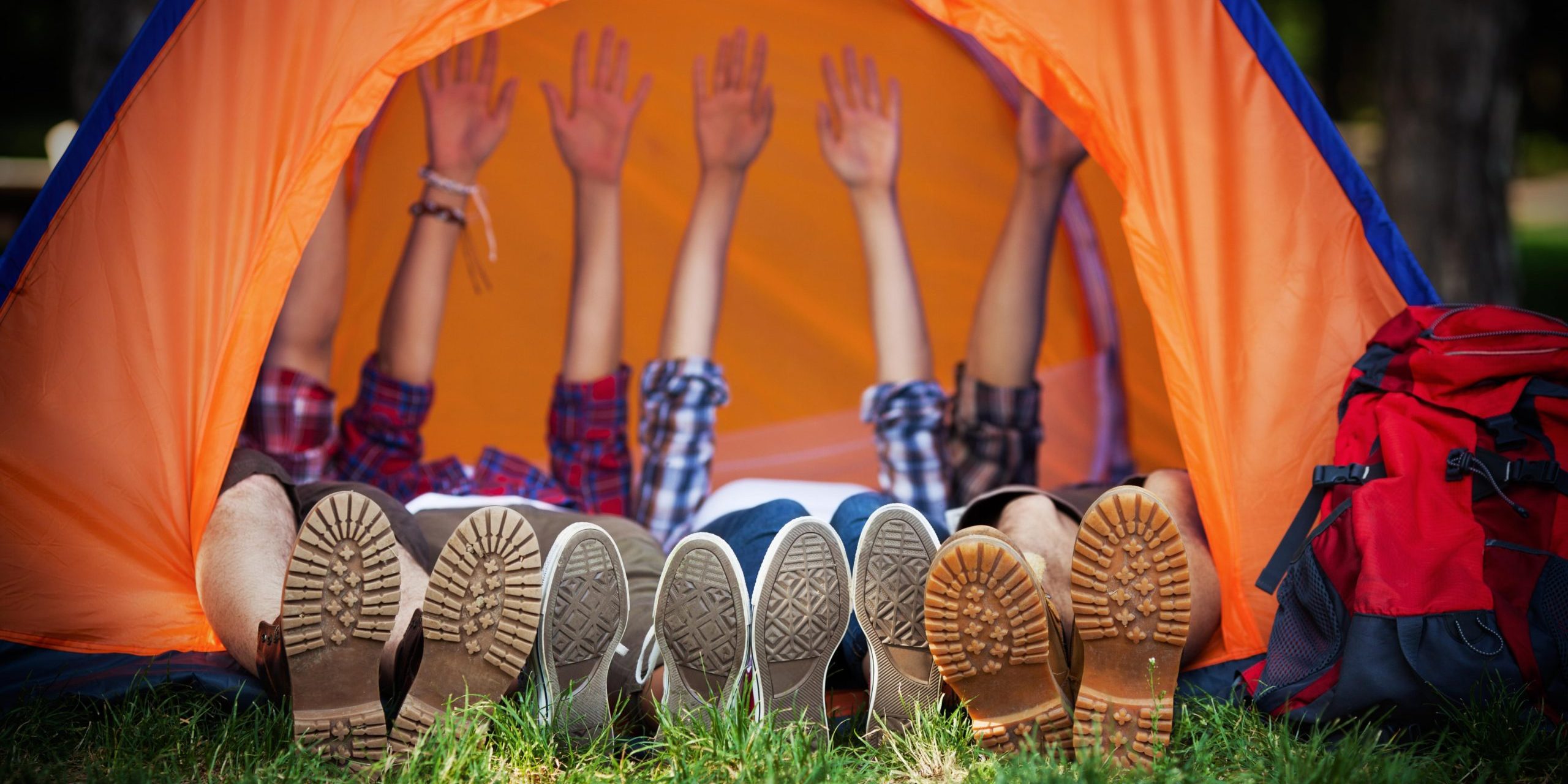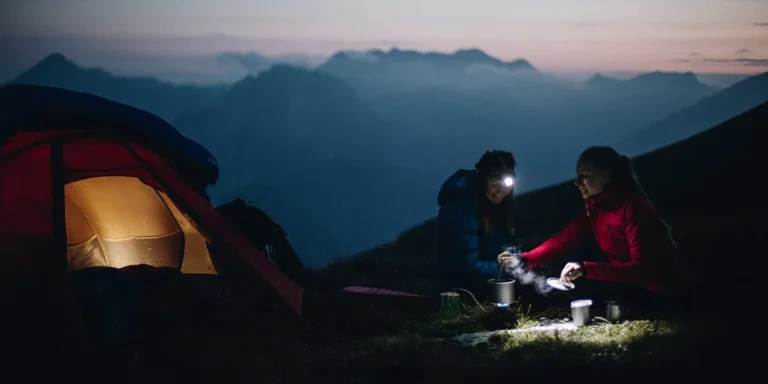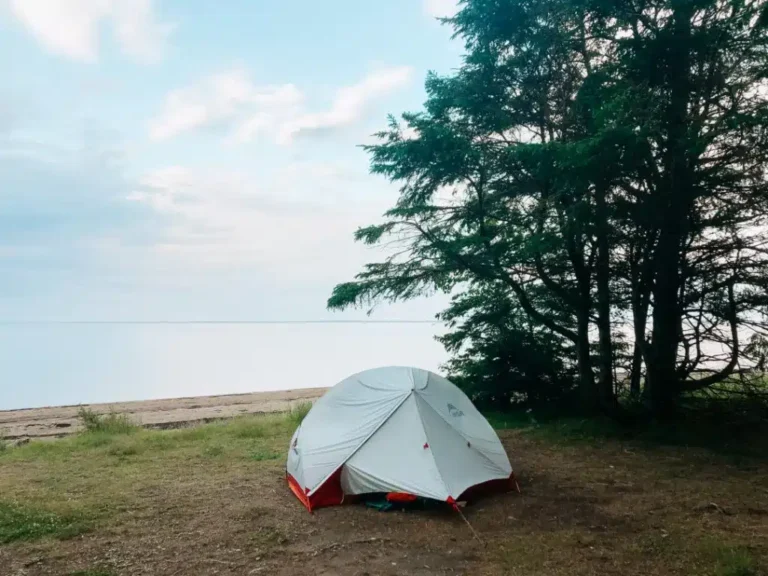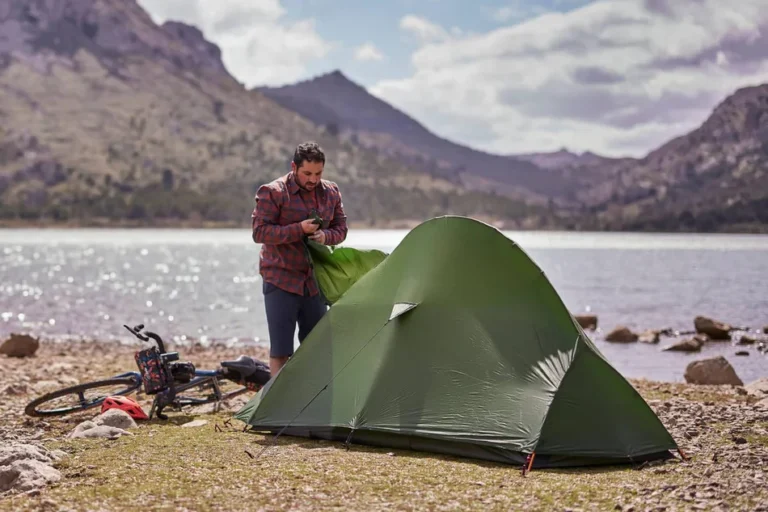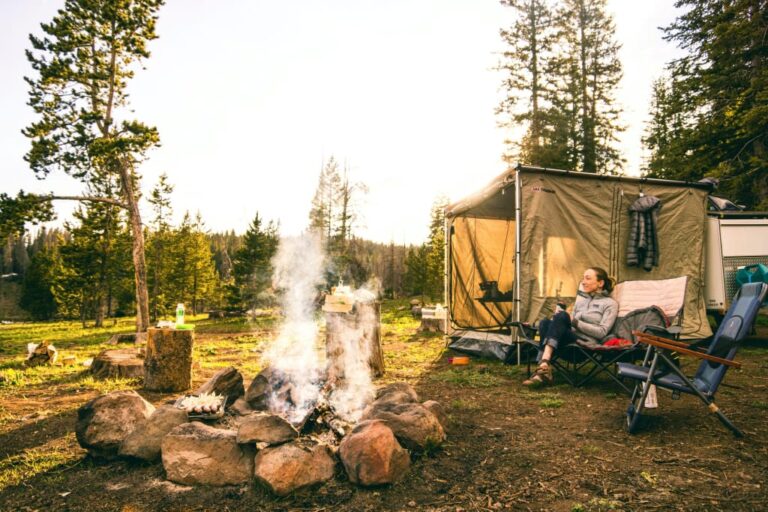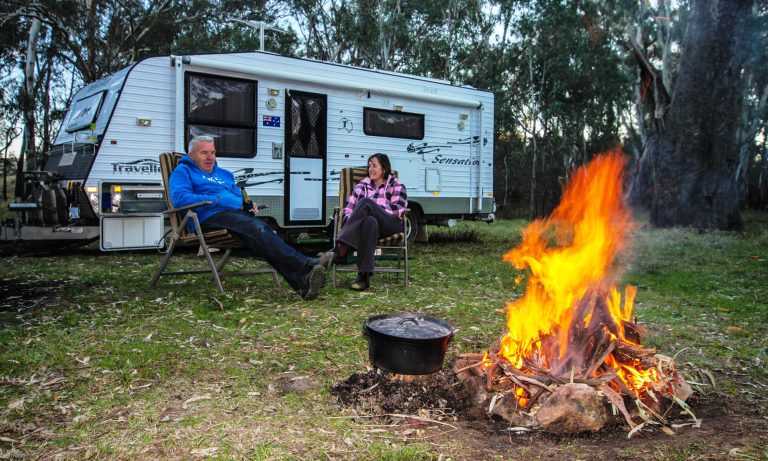The Complete Camping Guide: Revealing the Strategies to Selecting the Ideal Campsite
Choosing the ideal campsite can make or ruin your entire camping experience, regardless of your level of experience. Finding the ideal location to set up your tent or park your RV involves a number of considerations, ranging from comfort and safety to accessibility and aesthetics.
We’ll go over everything you need to know in this in-depth guide so you can choose the perfect campsite with confidence, whether you’re going to the desert, the beach, the mountains, or the forest.
Why Choosing the Right Campsite Matters
Many campers focus heavily on gear—tents, sleeping bags, coolers—while underestimating the importance of location. Your chosen site impacts:
- Comfort: A level, dry, shaded spot equals better sleep and less stress.
- Safety: Avoiding hazards like falling limbs, flooding, or wildlife zones.
- Convenience: Easy access to water, toilets, trails, or scenic views.
- Enjoyment: The beauty and serenity of your surroundings deeply influence your overall experience.
So how do you pick a great site every time? Let’s break it down.
Step 1: Decide What Type of Camping You’re Doing
Before you choose your spot, understand your camping style:
- Car Camping: Access by vehicle, often in established campgrounds with facilities.
- Backpacking: Hiking into remote areas with all your gear.
- RV Camping: Need for power, water, dump stations.
- Dispersed/Primitive Camping: Outside of designated campgrounds, usually free but with no amenities.
Each type comes with different considerations. For example, RV campers may need flat ground and hookups, while backpackers want proximity to trails and water sources.
Step 2: Research Locations Ahead of Time
Don’t just wing it. Whether using a national park website, camping app, or map, research these elements:
- Campground details: Availability, cost, reservation system.
- Reviews/photos: What do other campers say?
- Rules: Fires allowed? Pets okay? Generator hours?
- Season/weather: Some sites are seasonal or prone to extreme weather.
Tools to use:
- AllTrails
- The Dyrt
- iOverlander
- Google Maps (satellite view)
- Recreation.gov (for U.S. campgrounds)
Step 3: Key Factors in Choosing a Campsite
When you arrive at the campground or wilderness area, here’s what to evaluate:
1. Terrain
- Look for flat, dry ground to pitch a tent.
- Avoid dips or low spots where water may collect.
- Soft ground is easier to stake a tent, but make sure it’s not too sandy or muddy.
2. Shade and Sun
- Morning sun can help dry dew and warm you up.
- Afternoon shade is vital in hot climates.
- Avoid camping directly under large dead branches (“widowmakers”).
3. Wind Protection
- Seek natural windbreaks: trees, hills, large rocks.
- In deserts or exposed areas, low shrubs can help reduce wind impact.
4. Water Access
- Ideally, camp within 200 feet of a water source (but not right next to it).
- Avoid flood zones near rivers or dry creek beds.
- Always filter or treat any water you collect.
5. Proximity to Trails/Features
- Campsites close to trailheads, lakes, or scenic viewpoints offer easy access.
- But avoid being too close to heavily trafficked paths for privacy and quiet.
6. Wildlife and Bugs
- Check for animal tracks or droppings—avoid areas that seem like animal trails.
- Stay away from standing water to avoid mosquitoes.
- Store food securely to avoid bears or raccoons.
7. Privacy
- Look for natural barriers like bushes or boulders between campsites.
- For dispersed camping, follow Leave No Trace and camp at least 200 feet from roads, trails, and water.
8. Fire Safety
- Only build fires in designated fire rings or if local rules permit.
- Clear away flammable debris.
- Never leave a fire unattended, and fully extinguish before sleeping or leaving.
Step 4: Customize to Your Preferences
Beyond the essentials, think about what matters most to you:
- Want a sunset view? Camp on west-facing slopes.
- Need quiet? Look for sites furthest from roads or large groups.
- Bringing kids? Find campgrounds with space to play, restrooms, or ranger activities.
- Prefer stargazing? Camp away from trees or light pollution.
Pro Tips for Picking a Prime Campsite
- Arrive Early
First-come, first-served sites fill up fast, especially on weekends and holidays. - Ask Rangers or Hosts
They often know the best spots in the campground and can steer you away from problematic ones. - Scout Before You Settle
If possible, walk the area before unloading your gear. - Check the Weather
Avoid valleys in cold conditions or ridgelines in storms. - Mark Your Spot
Once you find a good site, leave something (like a camp chair) to mark it while setting up.
Bonus: Red Flags to Avoid
- Ant hills or insect nests: Obvious discomfort and risk.
- Dry creek beds: Potential flash flood zones.
- Too-close neighbors: Noise and lack of privacy.
- Sloped ground: Leads to sliding and poor sleep.
- Excessive trash: Might signal a neglected or problem-prone area.
Conclusion: Camping Done Right Starts with the Right Spot
No matter how much gear you pack, your campsite is the foundation of your adventure. By carefully assessing terrain, safety, access, and comfort, you’ll set yourself up for a memorable—and enjoyable—outdoor experience.
Remember: a great campsite doesn’t just happen. It’s chosen with care, intention, and a little bit of scouting know-how.
Ready to Head Out?
Before your next trip:
- Make a checklist.
- Research the area.
- Keep this guide handy.
- And above all, respect nature and leave no trace.
Happy camping! 🏕️
